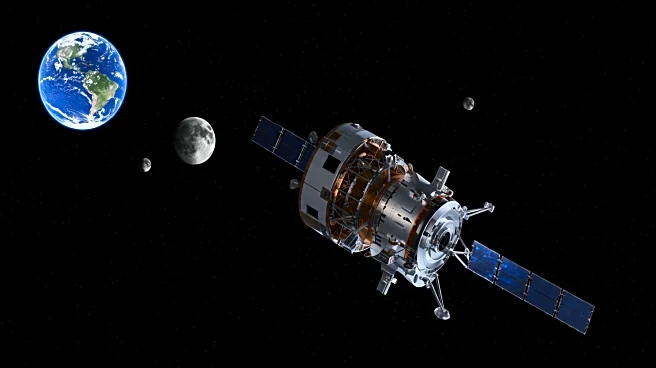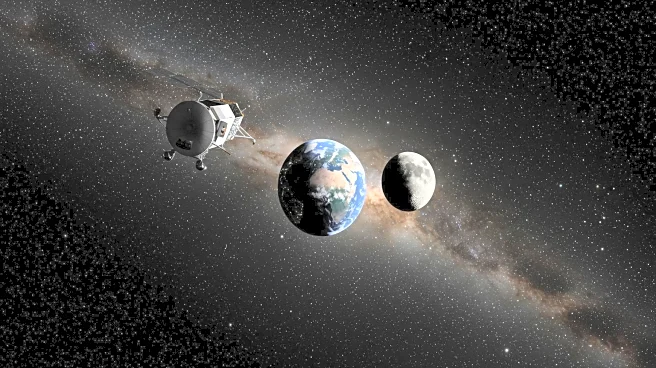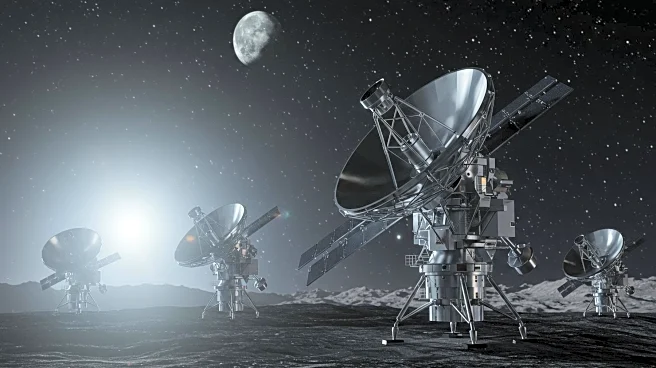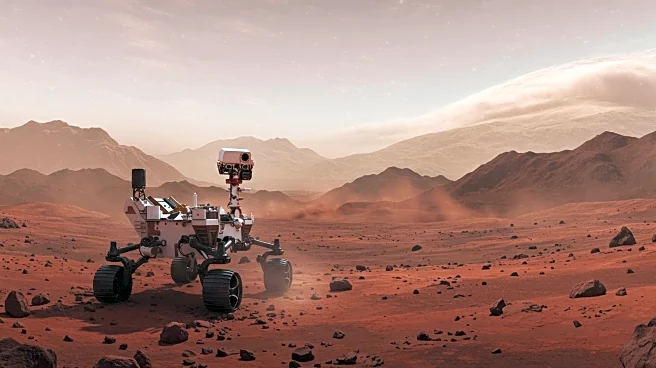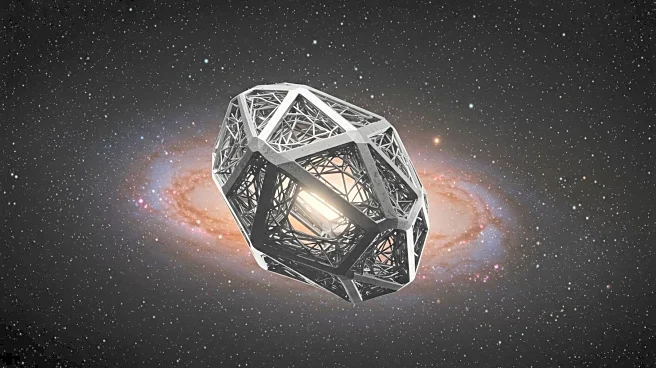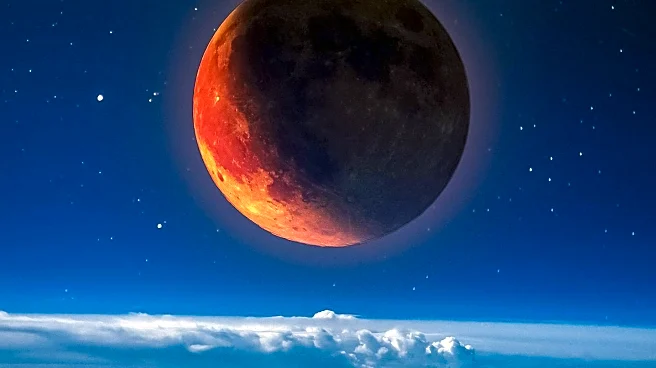What's Happening?
NASA's Psyche spacecraft, launched in October 2023, has captured images of Earth and the Moon as part of its preparatory tasks en route to the asteroid Psyche. The mission aims to study the metal-rich asteroid, believed to be the remnant core of a planetesimal. The spacecraft's twin cameras were tested to respond to reflected sunlight similar to what they will encounter at Psyche. The images were taken with 10-second exposures on July 20th and 23rd, while the spacecraft was approximately 290 million kilometers from Earth. This calibration process is crucial for ensuring the accuracy of the spacecraft's instruments, which include magnetometers and a Gamma-Ray and Neutron Spectrometer.
Why It's Important?
The Psyche mission represents a significant opportunity to study a planetary core directly, potentially answering questions about the formation of Earth and other rocky bodies. By calibrating its instruments with images of Earth and other celestial bodies, NASA ensures the spacecraft's ability to gather accurate geologic, topographic, and compositional data from the asteroid. This data will help researchers understand the impacts, tectonics, and other processes that shaped Psyche's surface. The mission's success could provide insights into the history and evolution of planetesimals, contributing to our understanding of the Solar System's formation.
What's Next?
As the Psyche spacecraft continues its journey, further calibration tests will be conducted using images of other Solar System bodies, such as Saturn or Vesta. These tests will refine the spacecraft's imaging capabilities, ensuring precise observations upon arrival at the asteroid in 2029. The mission team will continue to monitor and adjust the spacecraft's instruments to optimize data collection. The successful completion of these preparatory tasks will be crucial for the mission's scientific objectives, potentially leading to groundbreaking discoveries about the asteroid Psyche.
